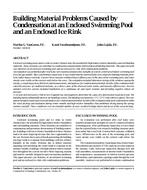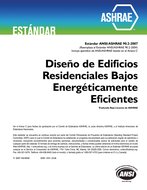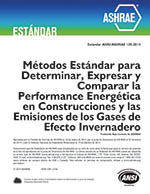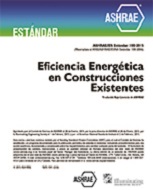Description
Enclosed swimming pools and ice rinks in winter climates have the potential for high indoor relative humidities and cold building materials. These elements can contribute to condensation and premature deterioration of building materials. This paper presents case histories of an enclosed swimming pool and an enclosed ice rink with condensation problems. An evaluation was performed after roof leaks were reported around some skylights of a newly constructed indoor swimming pool in a Chicago suburb. After a preliminary inspection, it was evident that the reported leaks were related to building moisture problems rather than a roof leak. Exterior brick masonry exhibited heavy efflorescence in the area of the swimming pool, and water streaks were visible on the exterior walls below the eaves. The evaluation included laboratory testing of the solution causing the streaks, a visual inspection, field tests and measurements, and analyses for condensation potential. Results of the evaluation indicated the presence of condensed moisture, as a direct cause of the observed water stains, and masonry efflorescence. Recommended corrective actions included installation of a continuous air and vapor retarder and providing negative indoor air pressure. A 54-year-old enclosed ice rink in New England was investigated to determine the cause of a deteriorated wood deck roof. The building had no dehumidification or air-handling system. The building was heated to 13°C (55°F) only when occupied. The evaluation included visual inspection and analyses for condensation potential. Results of the evaluation indicated condensation within the wood decking and insulation during winter months and high relative humidities that prohibited drying during the spring, summer, and fall. These conditions over an extended number of years resulted in fungi attack and decay of the wood decking.
AUTHOR: Martha G. VanGeem, P.E., Kami Farahmandpour, P.E., John Gajda, P.E.
CITATION: Thermal Performance of the Exterior Envelopes of Buildings VII
KEYWORDS: December, Florida, 1998
YEAR: 1998
Citation: Thermal Performance of the Exterior Envelopes of Buildings VII
Product Details
- Published:
- 1998
- File Size:
- 1 file , 210 KB
- Product Code(s):
- D-8077




